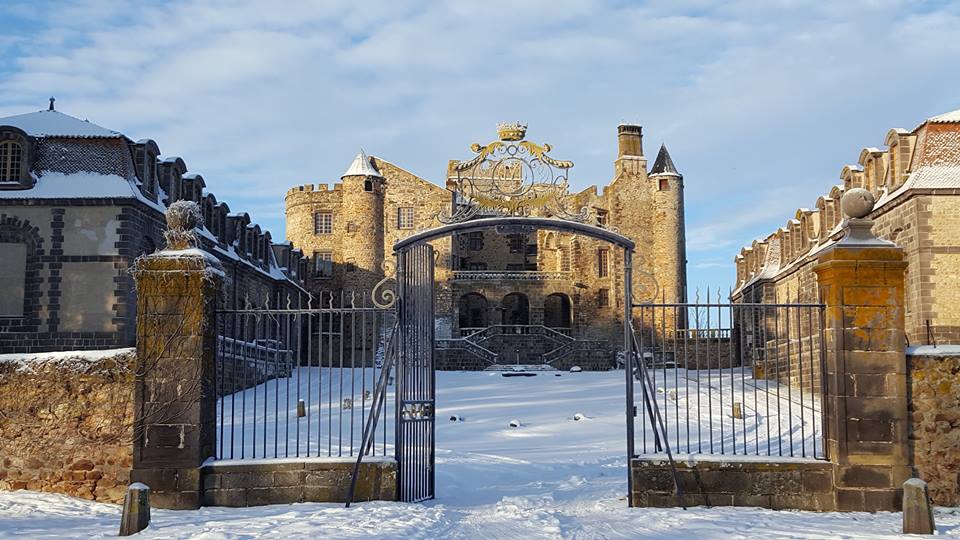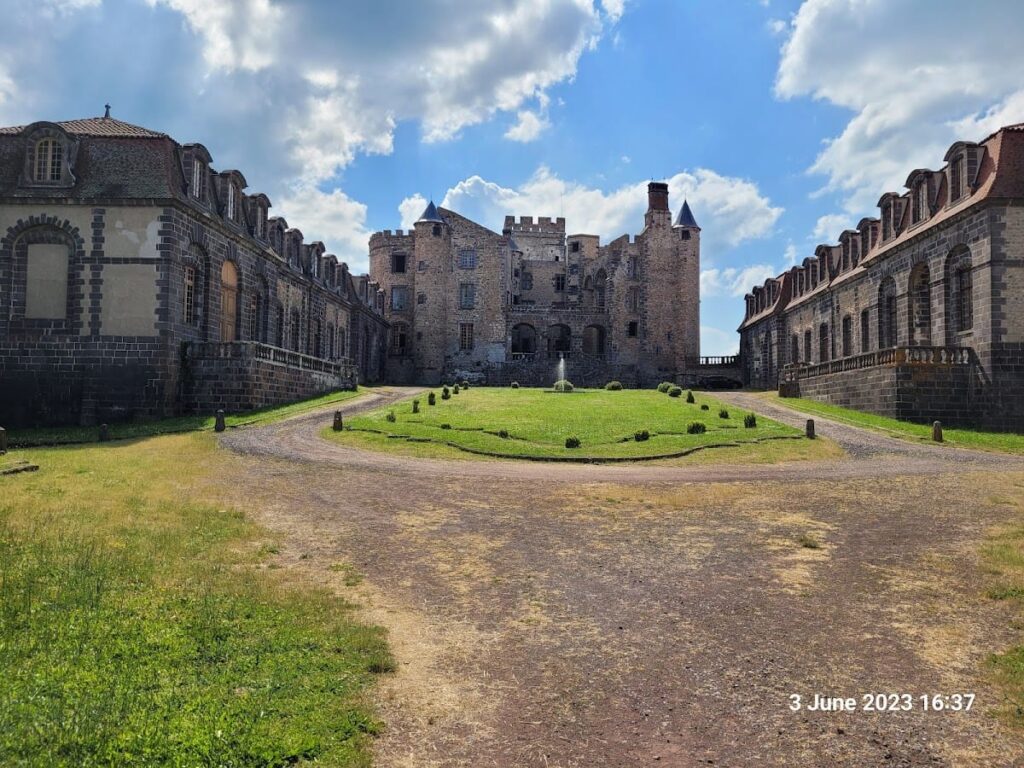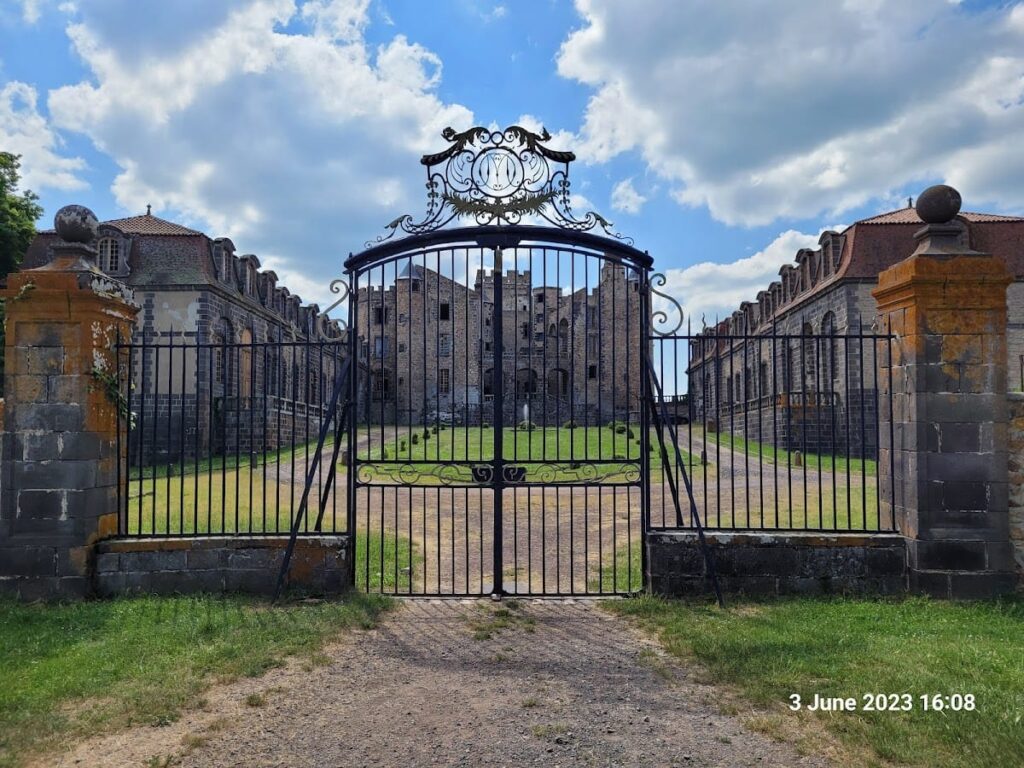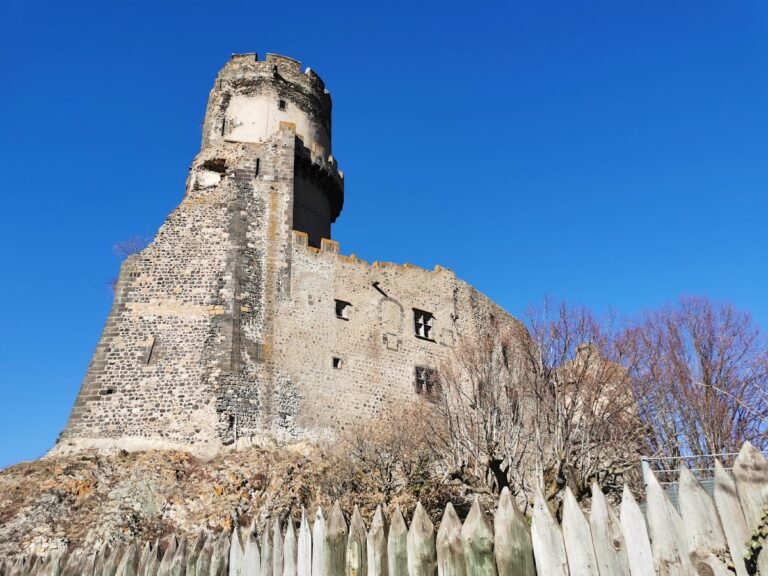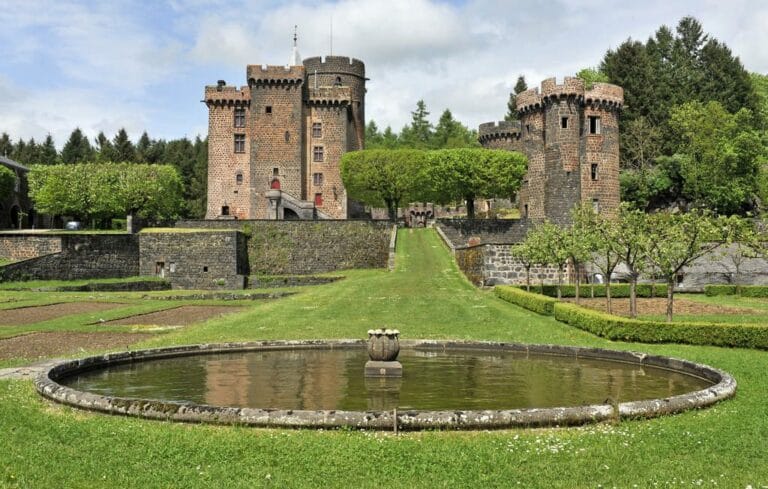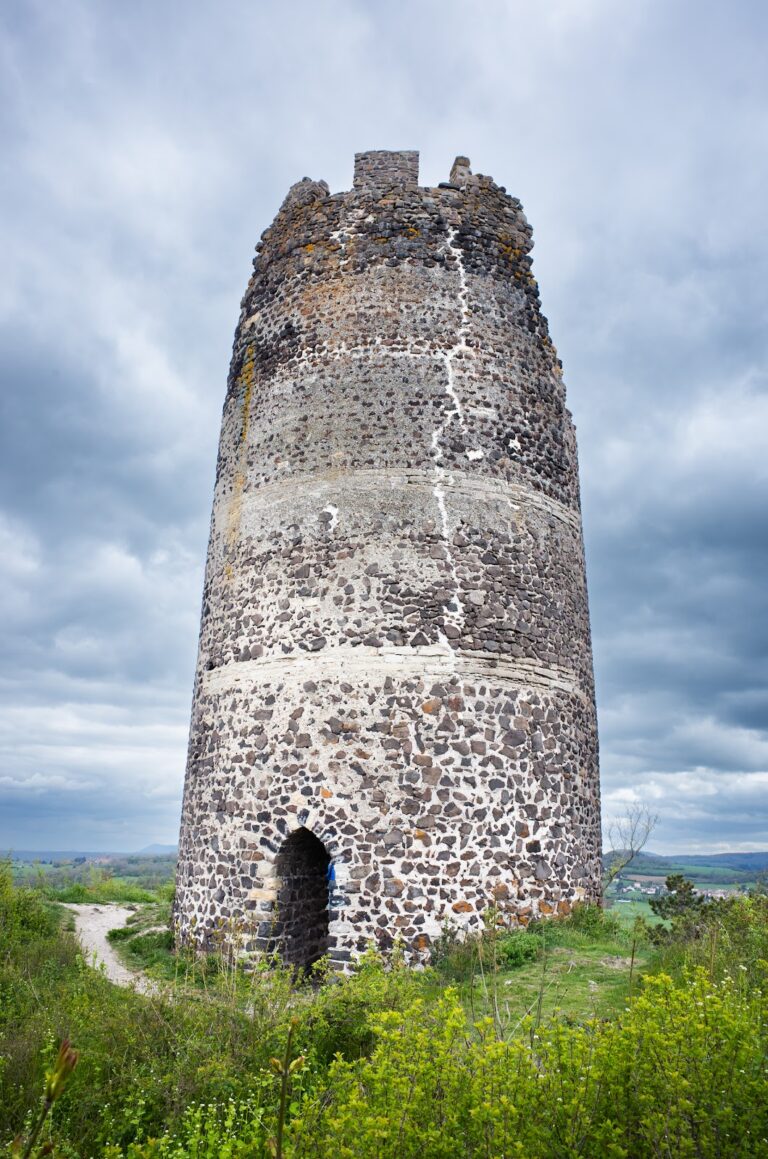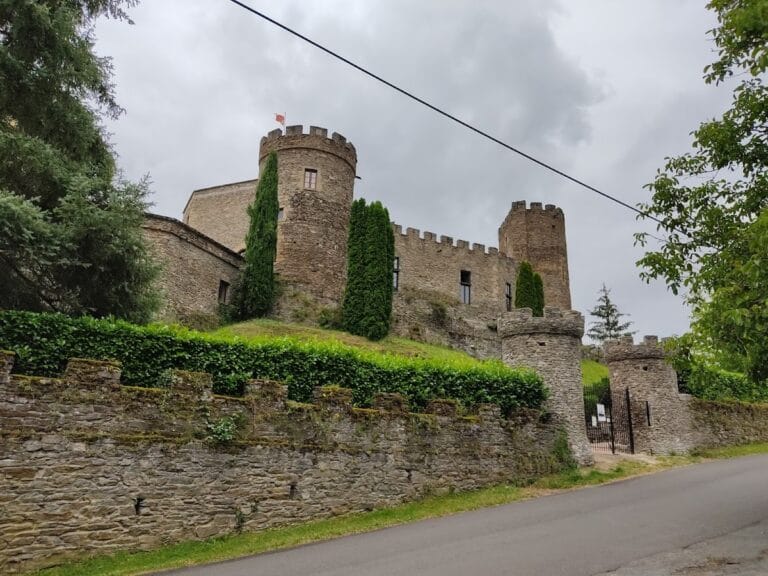Castle of Chazeron: A Historic Fortress and Residence in Central France
Visitor Information
Google Rating: 4.4
Popularity: Low
Google Maps: View on Google Maps
Official Website: www.chateau-chazeron.com
Country: France
Civilization: Medieval European
Remains: Military
History
The Castle of Chazeron is located in Chazeron, within the commune of Loubeyrat in the Puy-de-Dôme department of central France. Its origins trace back to the 4th century BCE when the site was a fortified Gaulish oppidum, a type of large fortified settlement. This stronghold was strategically placed on a hill and was only captured after a siege lasting three months, underscoring its defensive importance in the region.
Local legend, preserved in the tablets of Theonugus the Elder, tells of a sacred spring on the hill connected to a temple dedicated to bear-related deities such as Matugenos, Grannos, or Sirona. These gods were part of a Celtic spiritual tradition that linked water sources with bear symbolism, reflecting the religious beliefs of the early inhabitants.
In 53 BCE, Julius Caesar rewarded the local population for their alliance with Rome by granting them lands around the area. The castle itself is mentioned again in 329 CE during an unsuccessful siege by mercenaries known as the Tarasks, indicating its continued military significance in late antiquity.
The medieval period saw major construction at the site beginning in the 11th century. Over 68 years, builders erected a keep (donjon) and seventeen corner towers, establishing the castle as a key fortress within the county. The seigneurie, or lordship, associated with Chazeron extended from Châtel-Guyon to L’Étramaille, marking it as a center of regional power.
In 1688, the castle underwent a significant transformation under the Marquis de Monestay de Chazeron. Architect Jules Hardouin-Mansart remodeled the medieval fortress into a classical residence inspired by the Palace of Versailles. This renovation included adding two wings and commissioning the famous garden designer André Le Nôtre to create formal gardens. Louis XIV visited the castle to honor the marquis for his military achievements, but the marquis died before the renovations were completed. Afterward, the castle served as a training school for elite cavalry, possibly linked to the royal household troops known as the Maison du Roi.
During World War II, the castle was used as a state prison by the Vichy regime. In 1940, it held prominent French political figures such as Édouard Daladier, Georges Mandel, Paul Reynaud, Maurice Gamelin, and Léon Blum before their transfer and subsequent trials in Riom. From 1942, the site was repurposed as a college for the French Youth Work Camps (Chantiers de la Jeunesse Française).
On June 2, 1944, the château, its great courtyard, and associated buildings were officially designated as historic monuments, recognizing their cultural and historical importance.
Remains
The Castle of Chazeron consists of a complex of buildings centered around an 11th-century keep and a 15th-century lordly residence. These structures are enclosed by multiple towers that form a defensive courtyard. The layout reflects the castle’s evolution from a medieval fortress to a classical residence.
In the 17th century, one wing of the castle was removed to open the courtyard onto an esplanade, creating a formal entrance known as a cour d’honneur. This space is accessed through an open portico preceded by a double-ramp staircase, enhancing the castle’s grandeur.
The outbuildings, or communs, are single-story structures with mansard roofs. They flank a closed esplanade, serving practical functions for the estate. Within the gardens and beyond the main castle, remnants of 18th-century buildings remain, indicating continued development during that period.
Architect Jules Hardouin-Mansart’s 17th-century renovations included filling in the original moat and demolishing three external walls. He added two classical wings and constructed a staircase on the site of the original keep. An arcaded gallery was also built, blending medieval and classical architectural elements.
The gardens, designed by André Le Nôtre in the 17th century and later modified in the 18th century, are recognized in the preliminary inventory of remarkable gardens. They complement the castle’s classical style and offer panoramic views over the Sardon valley and the Limagne plain.
The site’s location on a hill with a sacred spring remains a notable feature, linking the castle’s physical presence to its ancient spiritual and strategic significance.
